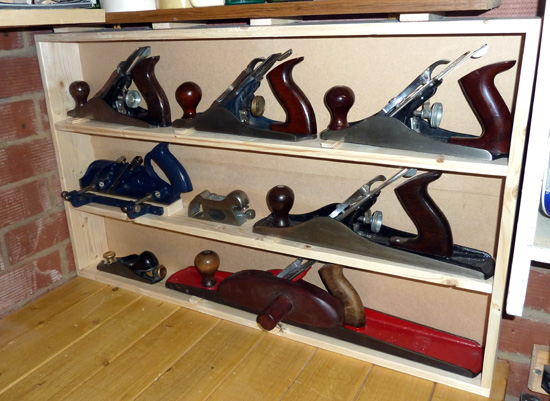I recently attended a training weekend at West Dean College with my son Chris and six other guys. We were tutored by David Barron and were shown how to cut dovetails.
I needed a toolbox to take my tools to the course in and while at Yandles woodworking show a couple of months ago, I spotted a suitable pine box across the road at a small antiques shop. It cost me £10.
The box measures 22 3/4" long and 8 2/4" wide and the same high. The pine sides are 1/2" thick. The box was empty and had two holes bored in the lid. (I wonder if, at one time, it was used for carrying livestock.)
I fitted 2 clips on the front to keep the lid closed, and cut up an old leather belt bought from a charity shop to make the carry handle.
Inside, I made a tray with dovetails to sit onto the ledges I installed. I also added a few fittings to hold my tools secure. As you can see I have a mix of old and new tools, I guess I will refine my collection as my skills improve. The idea of having an old pine toolbox which has some history is quite inspiring. I guess I will make my own tool chest eventually but for now I am happy with my choice.

















































